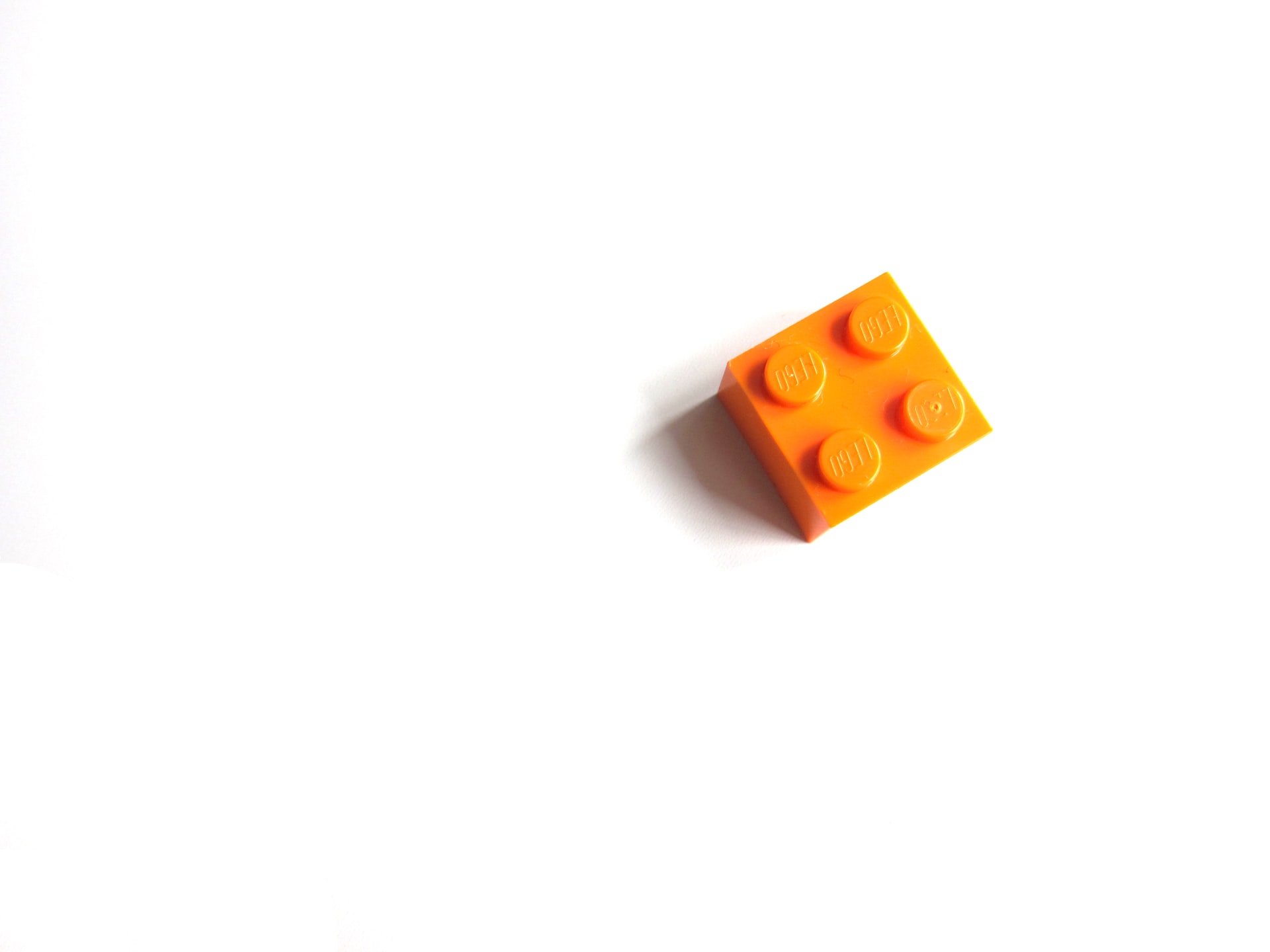
Builderius is getting more and more mature. Still in beta though. Step by step in its own pace 🙂
Among the most significant features of the new version is its speed. Now it works extremely fast. The reason for this is a caching algorithm that operates “under the hood”. It is hard to explain the essence, but you do not have to change or adjust anything. You do not have to worry about flushing the cache. Everything works automatically!
In version 0.9.2, we added Gutenberg integration. It is in phase 1, which means it is only beginning, and not everything can be editable. In particular, any Headings and Paragraphs (I am referencing to the names of modules of the page builder) of the published page now can be edited in Gutenberg and updated in Builderius too. So, it is a two-way synchronization. Amazing! 🙂

We also added two essential settings for every module. The first one – transition – is an implementation of CSS ‘transition’ property. The second one is related to the possibility of adding custom HTML attributes for modules. It is possible now to add any data-, aria- or whatever you want attribute to any module. It has name/value validation, so it is not possible to break anything by accident.

Builderius 0.9.2 has a lot of new modules: Figcaption, Time, Source, Summary, Samp and Output. Quite specific, right? They meant to be an implementation of HTML tags with the same names. Probably I already hear a good question: “why you add and modules/tags, when other builders add something more useful like slider or posts grid modules/blocks?”. Well, it stems from our philosophy of what type of builder we are building. We are building a professional site builder. It meant to be used by a professional who knows which tags should be used in which situations and why. For example, <source> tag has no children, has no closing part of the tag and has specific attributes ‘srcset’ and ‘sizes’. This HTML element specifies multiple media resources for the , the element, or the element. We added a module that represents this HTML element, and web developer can use it inside ‘picture’ or ‘video’ element, add one ‘source’ or several, configure ‘srcset’ and ‘sizes’ attributes for each such element etc. Is not it flexible and reliable? Is not it smart to implement it like that after all? 🙂
Would you like to check Builderius roadmap?)